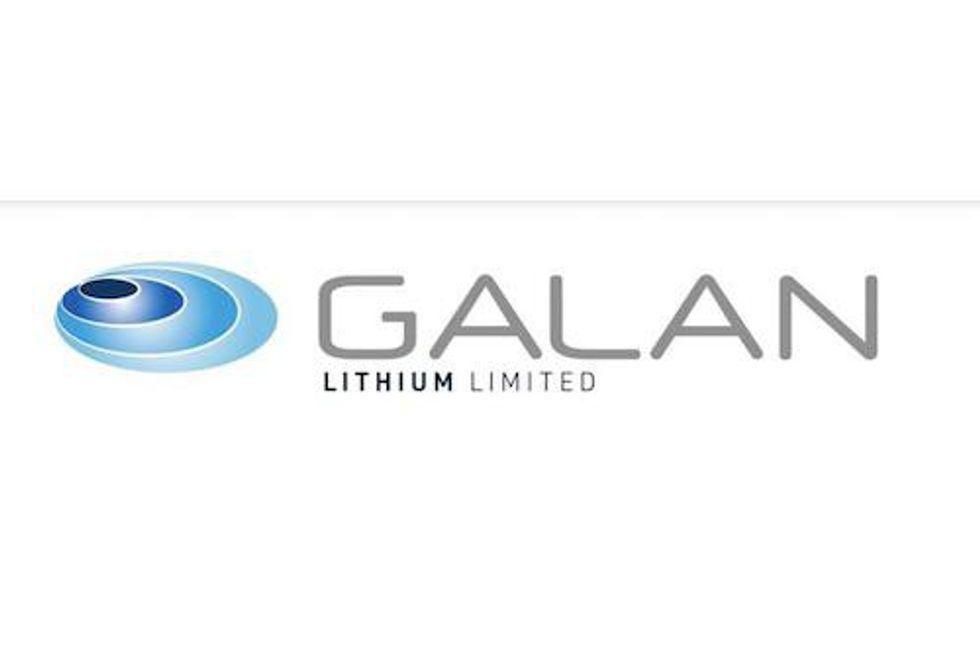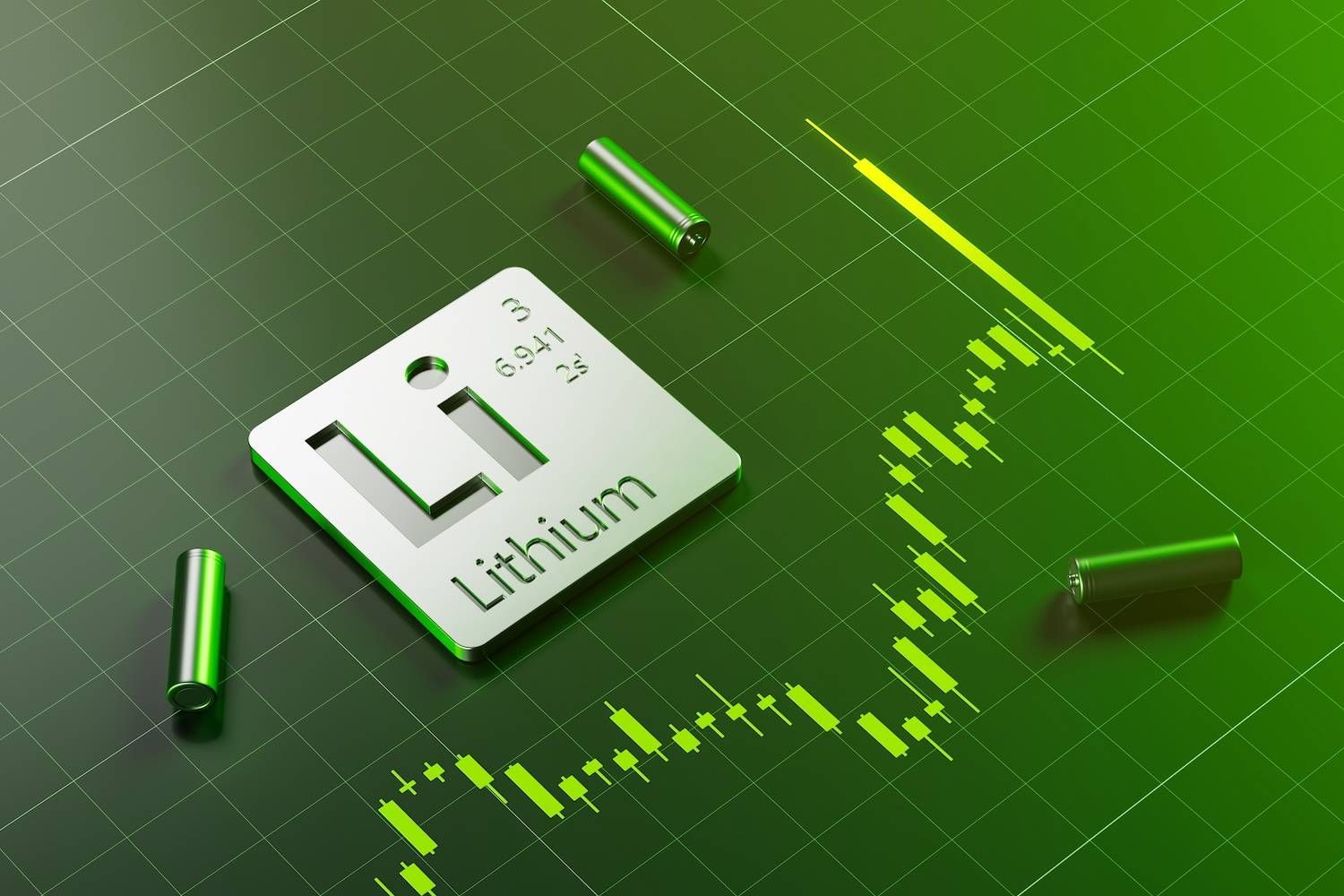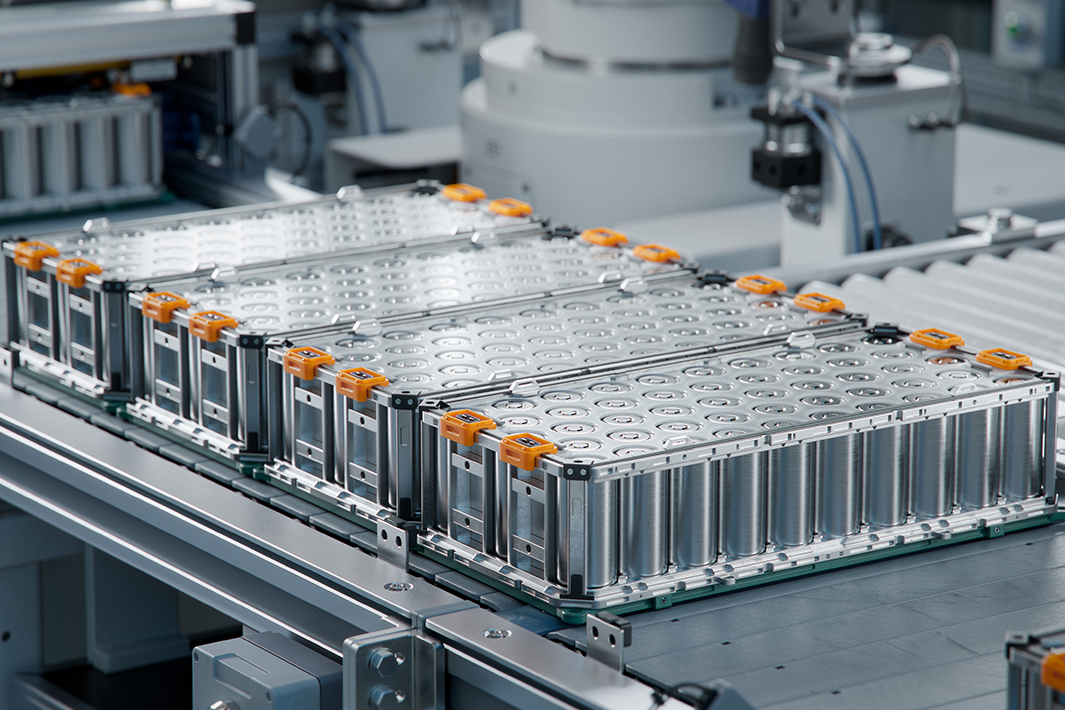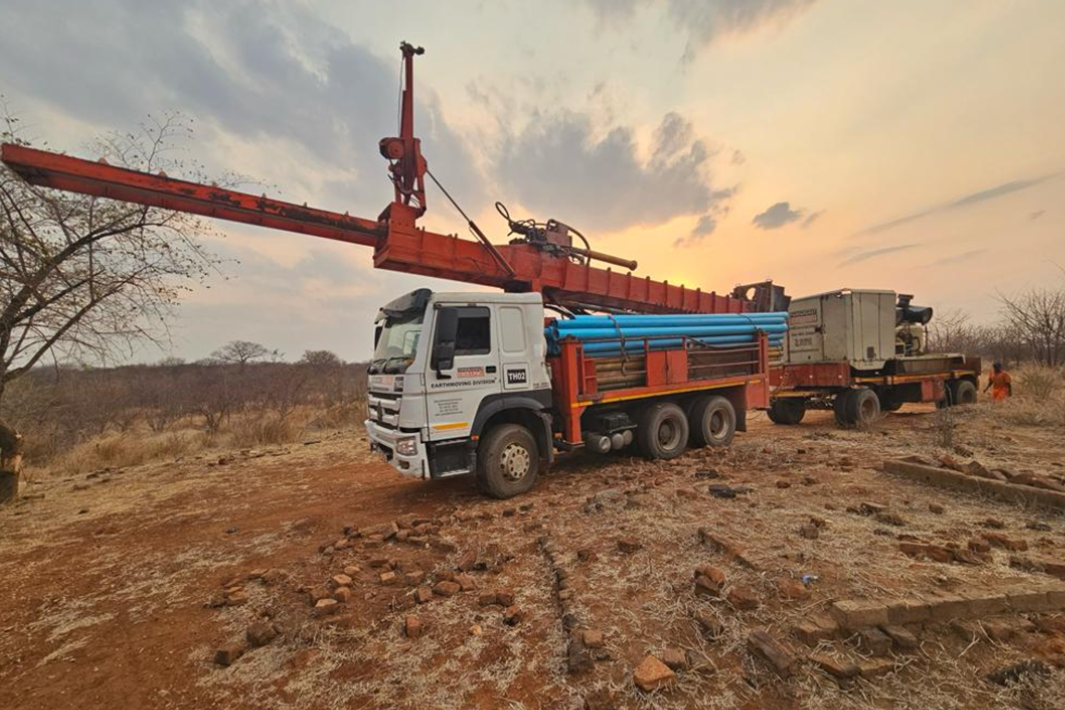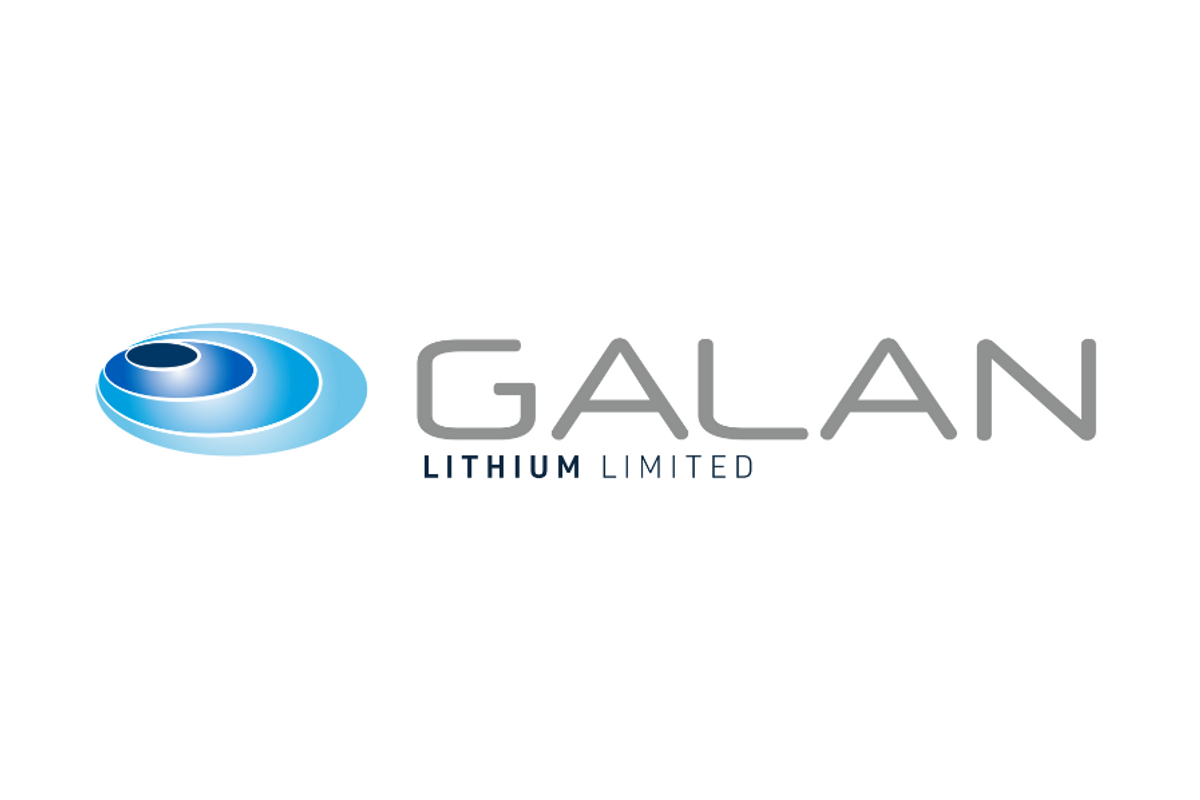
May 19, 2024
Galan Lithium Limited (ASX: GLN) (Galan or the Company) is pleased to announce that it has received firm commitments for an equity raising of A$14 million to institutional, sophisticated and professional investors (Placement) at A$0.23 per share.
- Galan has received firm commitments to raise A$14 million at A$0.23 per share
- Strong support received from offshore and domestic institutional and sophisticated investors, with the Placement oversubscribed
- Funds will be used for the further development of the Hombre Muerto West lithium brine project (HMW) in Argentina, corporate overheads and working capital
The equity raising will provide working capital headroom and financial flexibility for the ongoing development of the Hombre Muerto West (HMW) Phase 1 construction whilst Galan finalises negotiations of alternative funding solutions including debt and prepayment facilities that will enable completion of HMW Phase 1. Proceeds from the Placement will be applied to:
- HMW phase 1 developments costs; and
- Corporate overheads, working capital and transaction costs
Canaccord Genuity (Australia) Limited and Petra Capital Pty Limited acted as Joint Lead Managers and Bookrunners to the Placement.
Galan’s Managing Director, Juan Pablo (JP) Vargas de la Vega, commented: “We are delighted with the support for the Placement and welcome a number of new investors to the register. In addition, on behalf of the Board of Directors, I would like to thank our shareholders for their ongoing support.
Funds raised from the Placement will allow the Company to further progress negotiations to complete the already advanced development of its 100% owned Hombre Muerto West lithium brine project in Argentina. We look forward to putting investors funds to work.”
Placement
The Company has received firm commitments for a Placement of A$14 million at A$0.23. Participants under the Placement will also receive one new unlisted option for every two shares subscribed (New Options). New Options will be issued subject to shareholder approval at a general meeting of the Company to be held in early to mid-July 2024. New Options will have an exercise price of A$0.35 and an expiry date two years from their issue.
Under the Placement, the Company will issue 56,521,740 fully paid ordinary shares in the Company at A$0.23 per share (New Shares) (39,718,322 under ASX Listing Rule 7.1A and 16,803,418 under ASX Listing Rule 7.1) plus, subject to receipt of shareholder approval, 28,260,870 New Options , raising a total of A$13 million (before costs), to institutional, sophisticated and professional investors. Additionally, Galan directors will be subscribing for up to 4,347,828 New Shares plus 2,173,914 New Options on the same terms raising a total of A$1 million (before costs) (“Director Placement”) in a second tranche that will be subject to shareholder approval at a forthcoming General Meeting (GM).
The issue price of A$0.23 per share, represents a 20.7% discount to the last closing price of A$0.29 on 15 May 2024 and a 23.8% discount to the 10-day VWAP of A$0.3018 as at the same date.
Click here for the full ASX Release
This article includes content from Galan Lithium, licensed for the purpose of publishing on Investing News Australia. This article does not constitute financial product advice. It is your responsibility to perform proper due diligence before acting upon any information provided here. Please refer to our full disclaimer here.
GLN:AU
The Conversation (0)
20 April
Galan Lithium
Developing high-grade lithium brine projects in Argentina
Developing high-grade lithium brine projects in Argentina Keep Reading...
25 August
Galan Lithium Limited: SUCCESSFUL DUE DILIGENCE COMPLETED - $20M PLACEMENT TO PROCEED
Highlights: All conditions in relation to the $20 million placement to Clean Elements Fund have been satisfied. Due diligence undertaken by Clean Elements Fund validates the standing of Hombre Muerto West ( HMW ) as a world class lithium project, offering exceptional scale and grade. Galan is... Keep Reading...
24 August
Successful Due Diligence Ends - $20M Placement To Proceed
Galan Lithium (GLN:AU) has announced Successful Due Diligence Ends - $20m Placement To ProceedDownload the PDF here. Keep Reading...
01 August
Final At-The-Market Raise for 2025
Galan Lithium (GLN:AU) has announced Final At-The-Market Raise for 2025Download the PDF here. Keep Reading...
30 July
Quarterly Activities and Cash Flow Report
Galan Lithium (GLN:AU) has announced Quarterly Activities and Cash Flow ReportDownload the PDF here. Keep Reading...
28 July
Galan Lithium Limited: Incentive Regime for HMW Project in Argentina
Galan Lithium Limited (ASX: GLN,OTC:GLNLF) (" Galan " or " the Company ") is pleased to advise that the Comite Evaluador de Proyectos RIGI, responsible for awarding the Argentine Government's Régimen de Incentivo para Grandes Inversiones (the incentive regime for large-scale investments referred... Keep Reading...
24 December
Altius Minerals to Expand Portfolio with C$520 Million Lithium Royalty Deal
Altius Minerals (TSX:ALS,OTCQX:ATUSF) is making a bet on a lithium market recovery, agreeing to acquire Lithium Royalty (TSX:LIRC) in a C$520 million deal that will expand its exposure to battery metals.Under a definitive agreement announced by the two companies on Monday (December 22), Altius... Keep Reading...
23 December
Liontown's First Tjiwarl Member Completes Apprenticeship at Kathleen Valley
Liontown (ASX:LTR,OTC Pink:LINRF) has reached a milestone at its Kathleen Valley operations, with Vaughan Harris becoming the first Tjiwarl community member to complete an apprenticeship with the company.“Being the first Tjiwarl apprentice to complete an apprenticeship here at Liontown feels... Keep Reading...
22 December
Lithium Market 2025 Year-End Review
The global lithium market endured a bruising 2025, with persistent oversupply and softer-than-expected electric vehicle (EV) demand driving prices for the battery metal to multi-year lows.Lithium carbonate prices in North Asia slipped below US$9,550 per metric ton in February — their weakest... Keep Reading...
11 December
Mining the Gap: 5 Forces Shaping North America’s Lithium Supply Chain
A convergence of industry investments, government initiatives and a shifting global trade dynamic is creating an environment ripe for the development of a North American battery supply chain, with lithium playing a leading role. These trends are reshaping the region’s industrial base and opening... Keep Reading...
10 December
Rock Bottom: Strategic Window for Ground-level Lithium Investment
When lithium prices hit bottom, savvy investors know that’s exactly where the next big discovery begins — literally. Beneath the surface of global markets and remote exploration grounds, new opportunities are forming in the wake of a sharp price reset and renewed geopolitical urgency.Recent... Keep Reading...
10 December
Liontown Resources Pens Lithium Offtake Agreement with China's Canmax
Liontown Resources (ASX:LTR,OTC Pink:LINRF) has executed a binding offtake agreement with Chinese conglomerate Canmax Technologies (SZSE:300390) as part of its strategy to diversify its customer base.“Listed on the Shenzhen Stock Exchange, Canmax is one of the world’s leading manufacturers of... Keep Reading...
Latest News
Interactive Chart
Latest Press Releases
Steadright Grants Stock Options
24 December
Silverco Confirms No Material Change
24 December
Related News
TOP STOCKS
American Battery4.030.24
Aion Therapeutic0.10-0.01
Cybin Corp2.140.00
